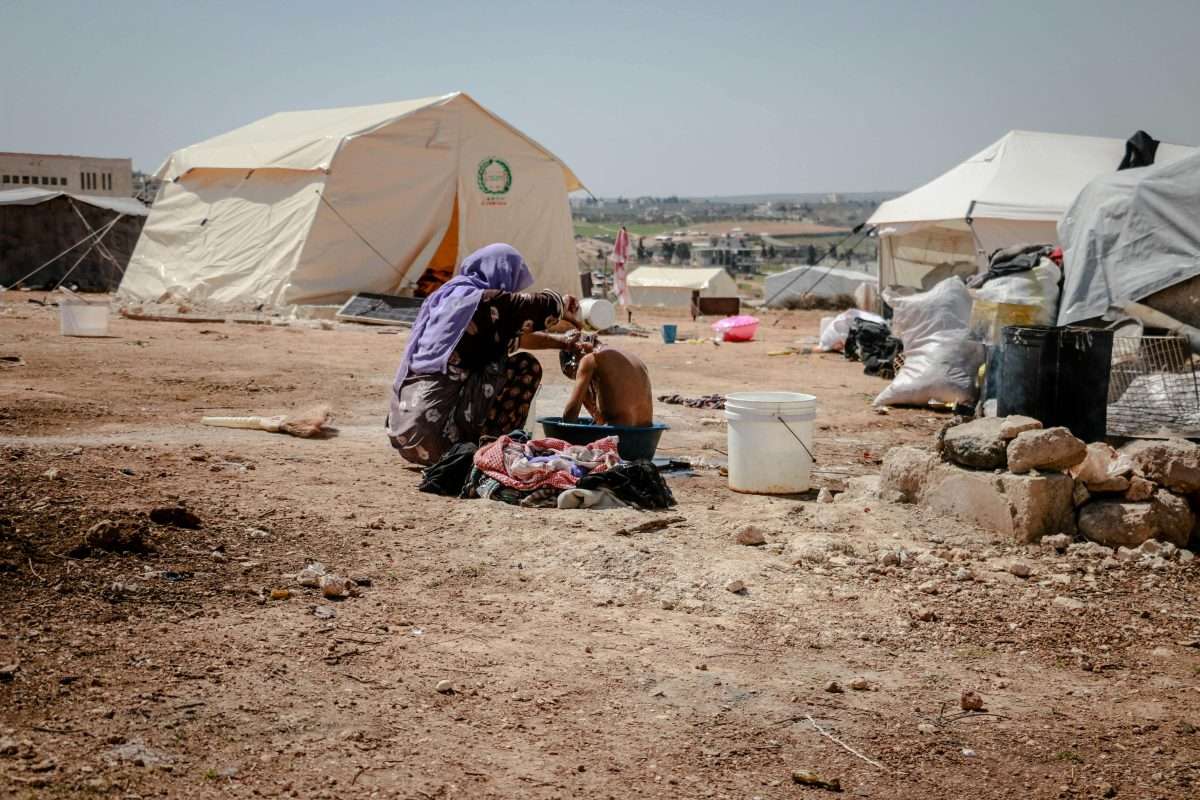Urban areas face an urgent need to enhance their resilience in response to escalating temperatures. Rapid adaptation and proactive measures are imperative to mitigate the impact of climate change on these densely populated regions. As temperatures continue to rise, addressing the vulnerabilities of urban environments becomes a critical priority to ensure the well-being of their residents and the sustainable development of these areas.
The impact of climate change is not confined to remote landscapes but poses a significant threat to urban areas worldwide. A report commissioned by London’s mayor highlights the potential risks of more intense heatwaves, rainfall, flooding, and sea-level rise in major cities, where over 80% of global GDP and the majority of the world’s population reside.
Urban ports, especially those on coastal lines, face the risk of increased flooding in the coming decades. Cities such as Bangkok, Amsterdam, Shenzhen, and Dubai are among those most vulnerable to rising sea levels. However, the threat extends beyond coastal regions, with riverside cities like Paris, Cairo, and New Delhi at risk of flooding, while cities farther from water sources face drought, exemplified by Phoenix, Brasília, and Mexico City.
The economic and human costs are projected to be substantial, particularly in rapidly urbanizing African and Asian countries. The urban heat island effect, where cities are hotter than rural areas due to emissions and heat trapping, could intensify, making urban centers potentially uninhabitable. Climate-related flooding and drought could cost major cities worldwide $194 billion annually, according to C40, a network of city mayors.
Despite efforts by some cities to enhance resilience and adaptation, many are deemed underprepared. Greening and retrofitting aging infrastructure in densely populated urban spaces are complex and costly endeavors. To address these challenges, cities must develop comprehensive adaptation strategies, reform planning rules, and secure powers and resources for local areas to adapt. Increased investment in flood defenses, land engineering solutions, and green technology is essential, with financial support from regional and multilateral lenders for cities in developing countries.
Political challenges, including potential resistance from urban populations and the perception of shifting funds from needy regions to wealthier urbanites, need to be overcome. National and local governments must navigate these difficulties to ensure the resilience of urban economic powerhouses, preventing them from succumbing to increasing strain and compounding their challenges in the process.




